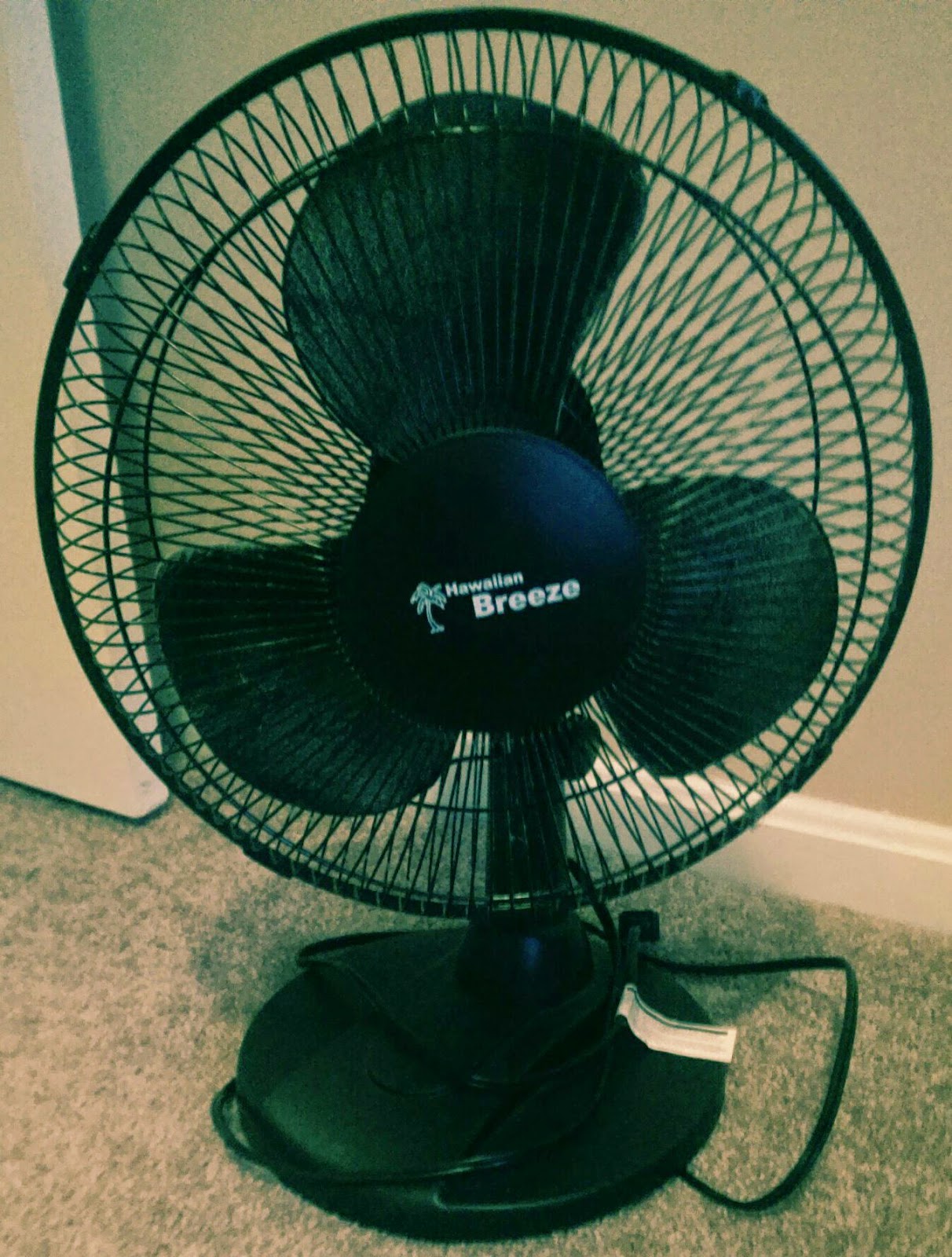If I took a random poll and asked at what temperature do you currently have your heating system set, I would get lots of different answers. Some of you have it so cold, you could hang meat and others have it so hot, you still haven't put your shorts away from Summer! The correct answer should be somewhere in between. How much money do you think you could save by setting the temp correctly? My initial estimate is a metric poop ton of money. Looks like those in the know agree.
According to the California Energy Commission, you should keep your thermostat at about 68 degrees in the Winter. I know some of cold-natured folks practically shiver at the thought, but it really does cost a lot to run your heating system so high. It was particularly cold last month in my part of the country. I raised my thermostat a mere 3 degrees, and my natural gas bill went up $25! The Commission goes on to say the following:
You can take some steps to reduce the amount of energy that you're using and lower your utility bills:
During the Winter...
- Turn down your thermostat to 68 degrees. For every degree you lower your heat in the 60-degree to 70-degree range, you'll save up to 5 percent on heating costs. Wear warm clothing like a sweater and set your thermostat to 68 degrees or lower during the day and evening, health permitting. Set the thermostat back to 55 degrees or off at night or when leaving home for an extended time, saving 5-20 percent of your heating costs (heat pumps should only be set back 2 degrees to prevent unneeded use of backup strip heating).
- Replace or clean furnace filters as recommended. Dirty filters restrict airflow and increase energy use. Now is also the time for a furnace "tune-up." Keeping your furnace clean, lubricated and properly adjusted will reduce energy use, saving up to 5 percent of heating costs.
- Reduce hot water temperature. Set your water heater to the "normal" setting or 120-degrees Fahrenheit, unless the owner's manual for your dishwasher requires a higher setting. Savings are 7-11 percent of water heating costs.
- Seal up the leaks. Caulk leaks around windows and doors. Look for places where you have pipes, vents or electrical conduits that go through the wall, ceiling or floor. Check the bathroom, underneath the kitchen sink, pipes inside a closet, etc. If you find a gap at the point where the pipe or vents goes through the wall, seal it up. Caulk works best on small gaps. Your hardware store should have products to close the larger gaps.
- Consider replacing your old appliances with an ENERGY STAR® water heater or furnace.
Read more Winter tips here.
According to the folks over at AboutMoney.com, you should keep those Summer temps higher than you probably are. They say this:
Turning your thermostat to 78 degrees Fahrenheit is the best setting for your air conditioner during warmer months. Reducing your home's temperature 72 degrees Fahrenheit could increase your cooling costs 12 to 47 percent. Also remember, setting it really low at first will not help your home cool faster. It will use more energy and if your forget to adjust it, you will be running far less efficiently than you think.
Read more Summer tips here.
I'm a big proponent of using ceiling and floor fans during the summer. I was able to raise my thermostat last summer after using fans in all rooms. This house is considerably larger than the one we just moved from, yet our cooling bill was less.
I think it's pretty safe to say that by setting your thermostat to the right temperature, sealing leaks, and keeping systems maintained that you can easily save $100/year (or more) in heating and cooling costs.
Good luck, and watch for Tip 3 coming tomorrow!
Fondly,
Amanda Z
Domesticology
AmandaZ is the (mature) stay-at-home mom of Pork Chop, Southern gal, thrifty bad a$$ and writer of Domesticology101.com. This blog tackles all things domestic - from child rearing to cooking and home improvement to frugality. All done with a touch of humor and common sense. This is definitely not your mama's home economics site!
AmandaZ is the (mature) stay-at-home mom of Pork Chop, Southern gal, thrifty bad a$$ and writer of Domesticology101.com. This blog tackles all things domestic - from child rearing to cooking and home improvement to frugality. All done with a touch of humor and common sense. This is definitely not your mama's home economics site!

I am very hot natured, so if the kids are not with us, the heat isn't on at night at all (it gets down in the 50s but fine with cover, I acutally still only sleep under a sheet with a fan blowing on me) During the evening when we are in the living area, we will have the heat set to about 64 and that is only because my significant other's hands become icy and I feel kind of guilty. :-) If the kids are with us, we run the heat on 66 downstairs (nothing upstairs - different zones) and let the heat rise to warm their rooms. I keep all of my vents closed in the bedroom and my door shut so it doesn't get nearly that warm in my room. I would not be able to sleep
ReplyDelete